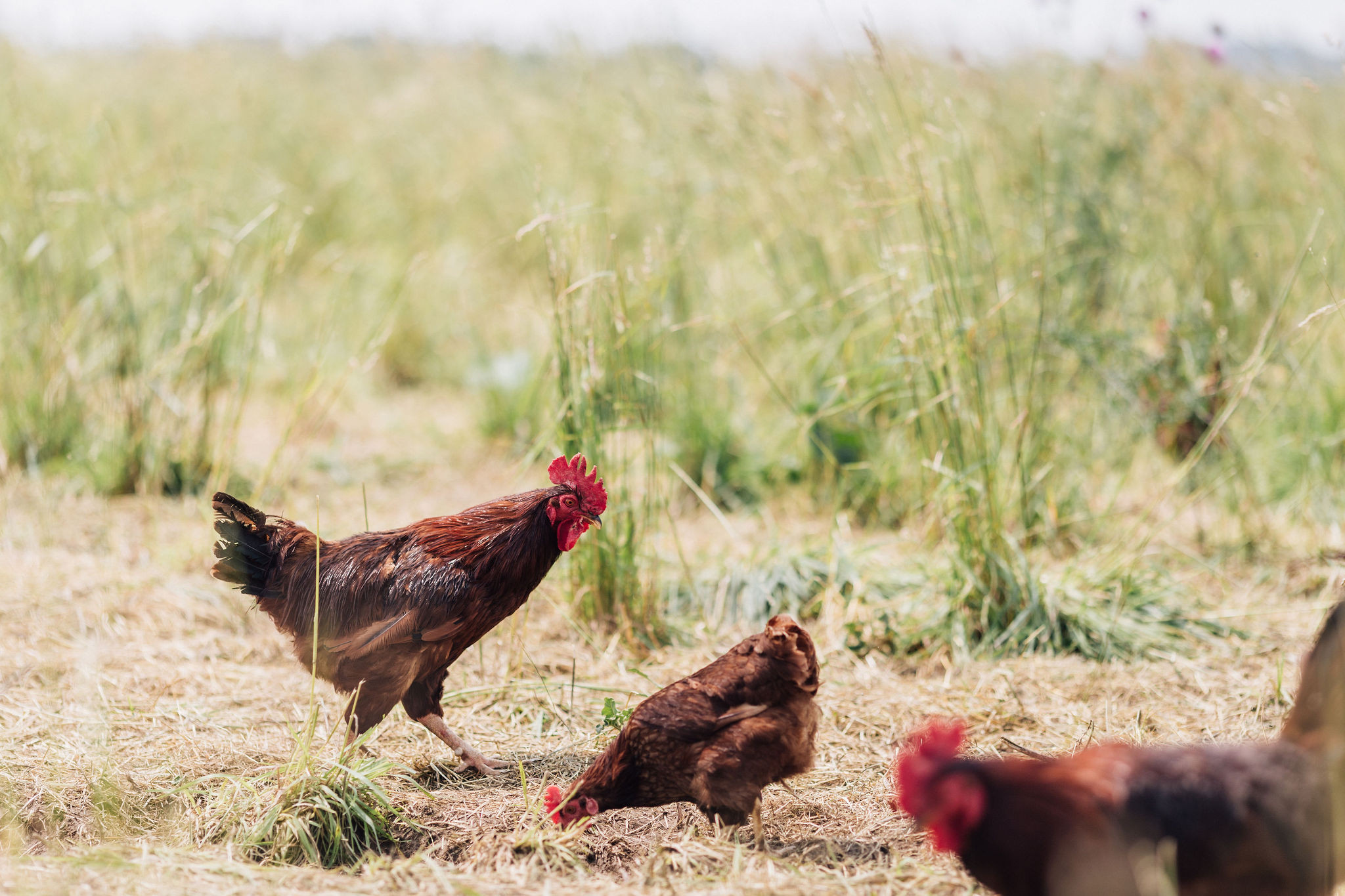Why and How Yogurt Exists?
posted on
June 22, 2017
The farm staff invented a couple new drinkable yogurt flavors this week - tropical blend and berry blend. Yum! This got me thinking about yogurt, why it exists and how it’s made.
According to many historians, yogurt dates back to the Neolithic peoples of central Asia around 6,000 BC. Now that’s a traditional food! Herdsmen would milk their animals and store the milk in containers (animal stomachs). The natural enzymes in the raw milk would cause it to curdle, essentially making yogurt. This allowed the milk to keep for a long time without refrigeration. It is also thought that people preferred the taste.
Our yogurt is made in a more tamed way so that we can offer you a consistent product (although I highly recommend trying to make some wild yogurt at home for fun... a great experiment if you have some sour milk). We use two ingredients: raw milk and freeze dried powdered culture. The milk is warmed minimally, to about 100-110 F, creating a nice environment for the culture to flourish while still preserving the milk’s enzymes. Then, the cultures are added, and it sits for about 8 hours. The secret to drinkable yogurt is that it is stirred before it completely sets, making it a smooth, drinkable consistency. Once made, fruit may be added for a flavor boost.
The end product is a super healthy food. You get a great dose of protein plus a variety of vitamins and nutrients like calcium, vitamin B-2, vitamin B-12, magnesium, and potassium. On top of that, our raw cultured yogurt is packed with probiotics (“friendly bacteria”) and enzymes (preserved in our raw dairy products). This living microbiology helps you fully digest the yogurt, maintain a healthy gut, and build a strong immune system.
I personally order a few pints of drinkable yogurt every week. I have these cool mason jar lids with a hole for a straw and some silicone smoothie straws. I bring them on the go for an easy and healthy snack for the kids (and me :).




